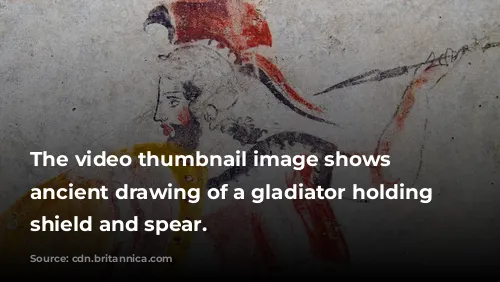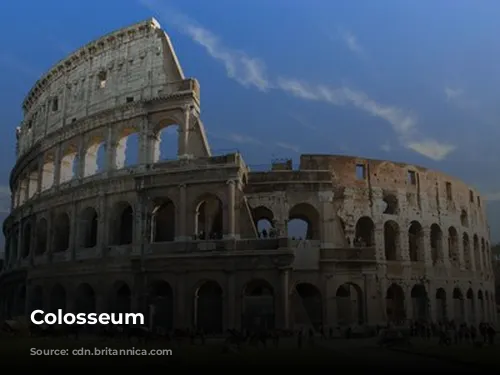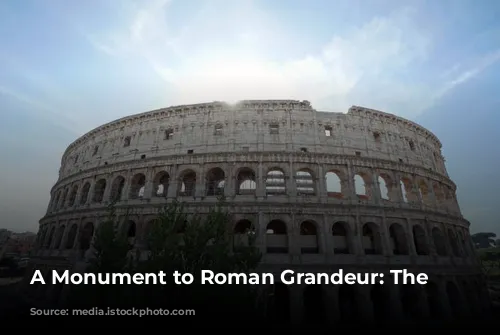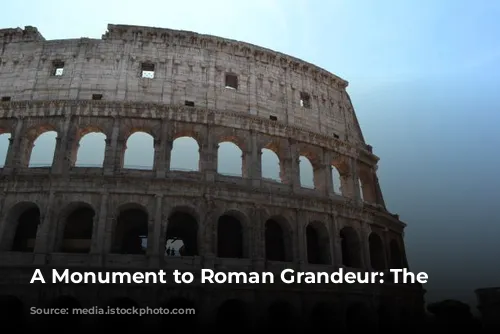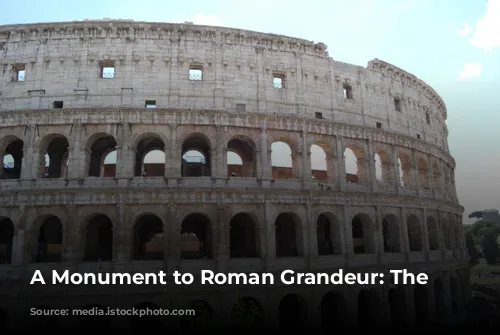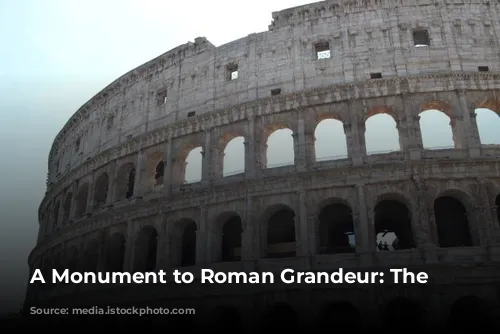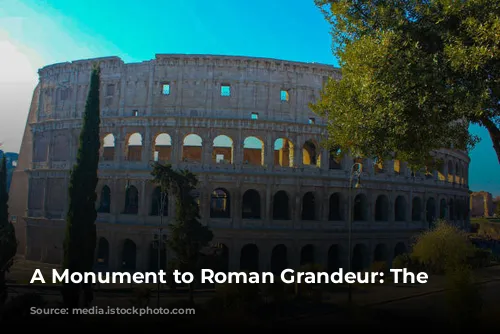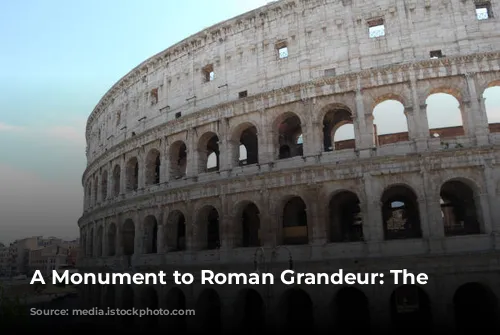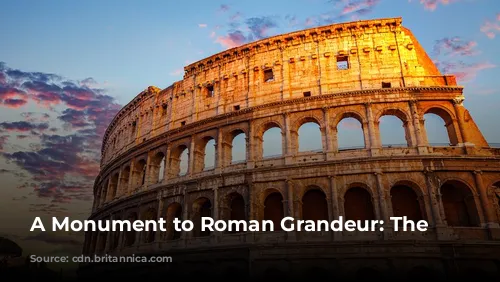The Colosseum, a magnificent relic of the Roman Empire, stands as a testament to ancient Roman architectural brilliance and engineering prowess. Standing as one of the few largely intact structures from this bygone era, the Colosseum continues to amaze visitors with its scale and intricate design. Beyond its historical significance, the Colosseum is a significant contributor to Italy’s economy, drawing in millions of tourists each year.
A Legacy of Entertainment and Power
The Colosseum was a product of the Flavian emperors’ ambition to revitalize Rome after a period of turmoil. It was built as a grand arena for entertainment, hosting thrilling gladiatorial contests, captivating animal hunts, and even mock naval battles. The emperor Vespasian, who commissioned the Colosseum’s construction, envisioned it as a venue to captivate the Roman populace, showcasing the empire’s might and grandeur.
A Symbol of Roman Architecture and Engineering
The Colosseum’s construction, which began under Vespasian and was completed by his son Titus, involved a complex system of engineering and artistry. The colossal structure, an elliptical masterpiece, was built using a combination of stone, concrete, and tuff, and it stands four stories high. The Colosseum’s design incorporated a complex system of barrel vaults and groin vaults, allowing it to span impressive dimensions, measuring an astonishing 620 by 513 feet (189 by 156 meters).
The Colosseum’s exterior features three stories adorned with arcades framed by engaged columns in the Doric, Ionic, and Corinthian orders, a design element that became influential during the Renaissance. The Colosseum’s structural framework and façade are constructed of travertine, while volcanic tufa forms the secondary walls. The inner bowl and the arcade vaults are made of durable concrete.
A Thriving Hub of Ancient Roman Entertainment
The Colosseum was designed to accommodate a vast audience, seating an impressive 50,000 spectators. The arena was equipped with a retractable awning, known as a velarium, which protected the audience from the sun. This elaborate system required hundreds of Roman sailors to manage the rigging that extended and retracted the awning.
The Colosseum witnessed countless spectacles of gladiatorial combat, contests between men and animals, and even large-scale mock naval battles. Although its association with the martyrdom of early Christians is debated, the Colosseum undoubtedly served as a focal point for Roman entertainment, highlighting the empire’s power and cultural influence.
A Monument Restored and Reimagined
After the fall of the Western Roman Empire, the Colosseum fell into disrepair, eventually becoming a quarry for building materials. Despite its neglect, the Colosseum has endured for centuries, serving as a reminder of Rome’s legacy. State-funded restoration efforts began in the 1990s, breathing new life into the ancient structure.
Today, the Colosseum stands as a UNESCO World Heritage Site, attracting millions of visitors each year. The Colosseum continues to be a vital part of Rome’s cultural fabric, and it serves as a lasting symbol of the Roman Empire’s architectural and engineering prowess.
